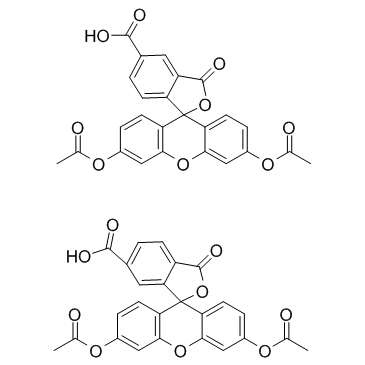| 结构式 | 名称/CAS号 | 全部文献 |
|---|---|---|
 |
氯化钠
CAS:7647-14-5 |
|
 |
布雷菲德菌素A
CAS:20350-15-6 |
|
 |
2-吗啉代乙基异腈
CAS:78375-48-1 |
|
![5-(((2,5-二氧吡咯烷-1-基)氧基)羰基)-3-羰基-3H-螺-[异苯并呋喃-1,9'-氧杂蒽]-3',6'-二基 二乙酸酯 结构式](https://image.chemsrc.com/caspic/155/150206-05-6.png) |
5-(((2,5-二氧吡咯烷-1-基)氧基)羰基)-3-羰基-3H-螺-[异苯并呋喃-1,9'-氧杂蒽]-3',6'-二基 二乙酸酯
CAS:150206-05-6 |
|
 |
氯化钠-35cl
CAS:20510-55-8 |
|
 |
5(6)-羧基荧光素二乙酸酯
CAS:124387-19-5 |
|
 |
5(6)-羧基二乙酸荧光素琥珀酰亚胺酯(CFDA)
CAS:150347-59-4 |